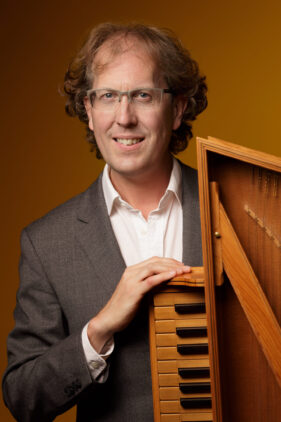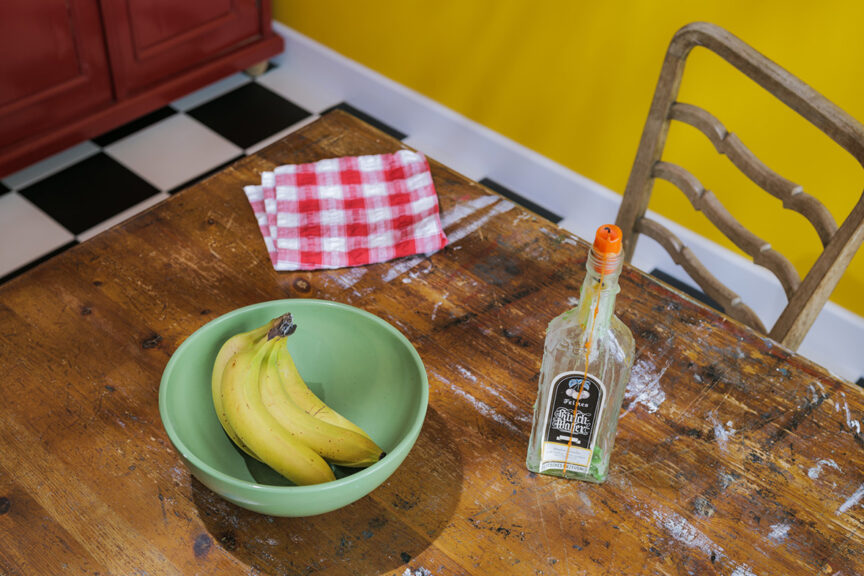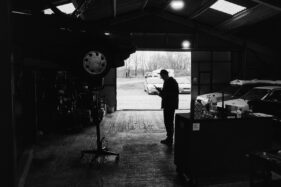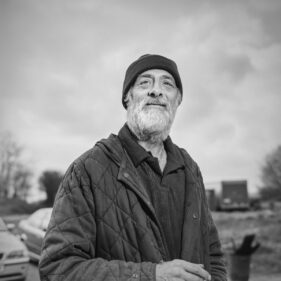I’m not sure “busy” quite describes the intensity of my work recently. The fact is, since April I’ve been busier than at any other time in my 23-year freelance career.
This is a post-covid bubble for sure. Pent-up plans, postponed events and long-neglected websites have suddenly become the focus of many corporate marketing teams, and I’ve had the pleasure of working with many to shoot the stills, and now video, they need to bring those plans to fruition.
Biggest Project to Date
One project in particular has dominated my diary. I suspect this won’t be the only blog post I reference to it either, and that has been the stills and video content for Shaw & Co’s new website.
Shaw & Co has been a long-standing client of mine. In fact I first photographed company founder Jim Shaw way back in 2010 when he was at a different, now defunct firm in Bath. But my work with the Bristol-based corporate finance firm came about by a chance google search for a photographer which has kept me going back ever since 2017.
And so for the past 5 years I’ve been taking Shaw & Co’s team shots, head shots and office stock images. But then during 2020 their Chief Marketing Officer Paul Mills brought me into the picture about their plans for a re-brand. This was going to be a bit more than the usual photo session.
This time there would be video alongside stills on the website, so I started to look into whether I could deliver that for them. My cameras were video-enabled, but I knew enough about video to understand you don’t simply switch from stills to video mode and wave the camera about a bit. At least not if you want anything vaguely usable.
Lockdown Learning
Lockdown proved a useful breathing space for me to research and learn the very basics, but there’s nothing quite like having an actual commission on the books to focus the mind. In fact it was essential for me to have a goal to work towards. Video is a huge discipline and you can stray off in all directions if there’s no end-goal. You can also spend your way to bankruptcy if you’re not careful. Knowing what the requirements were for what I needed to deliver allowed me to focus on the kit and the skills I needed to develop as priority.
Being Part of the Process
Perhaps what has been most unusual about this project is just how deeply embedded I’ve been with its development – seeing the brand graphics as they evolved, liaising with the design agency Design By Structure at various stages and even finding my own suggestions being incorporated where appropriate. With some projects I feel I could be a robot with a camera, told to “stand there, shoot that,” but not on this occasion; I was definitely part of the team here.
The website launched this week and given the time period over which it has been developed and implemented, it really is an astonishing achievement. I’ve known much smaller projects to take far longer, which is testament to Paul’s enthusiasm and drive and his ability to enthuse all those around him.
Having Faith Helps
It’s also fair to say that the confidence Paul (and Jim) placed in me has sometimes outstripped my own self-belief, but I’m incredibly proud of the speed of my development and more importantly of the work I’ve turned in.
You can now see the stills and video clips over at Shaw & Co’s new website and even if their work isn’t an area you’re familiar with, I’d love to know your thoughts here.
Is That It Then?
Now I know I said this was a post-lockdown bubble, and things have quietened off a little as we get into August, but I’m still busy with new work and projects which were delayed by covid.
I also know that whatever happens next, I’ve gained valuable skills I can offer new and existing clients. I also know Shaw & Co are keen to build upon what we’ve started, so bubble or not, I’m confident there’s more to come.
































